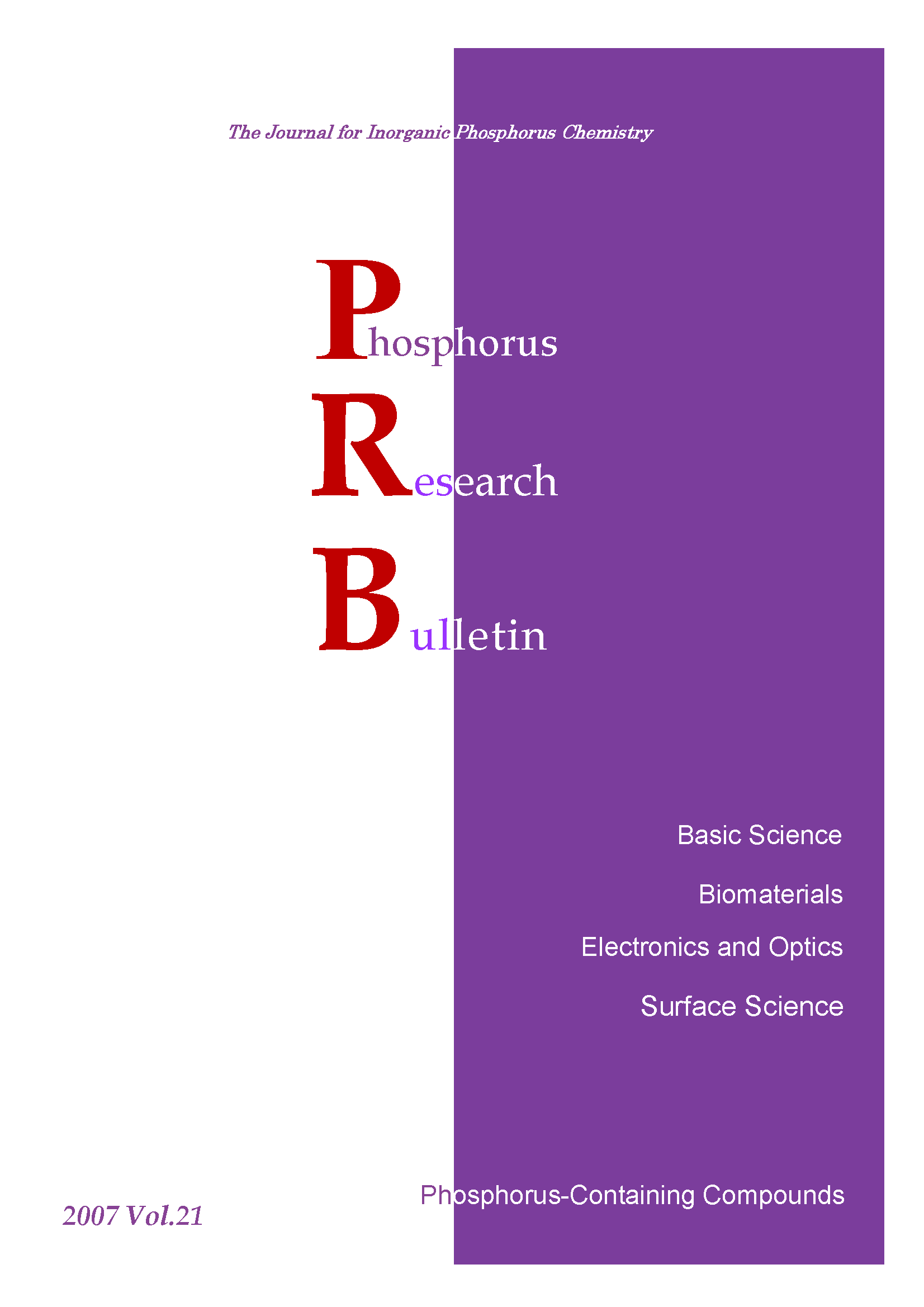Volume 23
Displaying 1-17 of 17 articles from this issue
- |<
- <
- 1
- >
- >|
-
2009Volume 23 Pages 1-9
Published: 2009
Released on J-STAGE: May 02, 2009
Download PDF (2282K) -
2009Volume 23 Pages 10-14
Published: 2009
Released on J-STAGE: May 02, 2009
Download PDF (2013K) -
2009Volume 23 Pages 15-19
Published: 2009
Released on J-STAGE: May 02, 2009
Download PDF (709K) -
2009Volume 23 Pages 20-24
Published: 2009
Released on J-STAGE: May 02, 2009
Download PDF (292K) -
2009Volume 23 Pages 25-30
Published: 2009
Released on J-STAGE: May 02, 2009
Download PDF (2483K) -
2009Volume 23 Pages 31-34
Published: 2009
Released on J-STAGE: May 02, 2009
Download PDF (494K) -
2009Volume 23 Pages 35-44
Published: 2009
Released on J-STAGE: May 02, 2009
Download PDF (1667K) -
2009Volume 23 Pages 45-51
Published: 2009
Released on J-STAGE: May 02, 2009
Download PDF (545K) -
2009Volume 23 Pages 52-56
Published: 2009
Released on J-STAGE: May 02, 2009
Download PDF (423K) -
2009Volume 23 Pages 57-62
Published: 2009
Released on J-STAGE: May 02, 2009
Download PDF (1042K) -
2009Volume 23 Pages 63-66
Published: 2009
Released on J-STAGE: May 02, 2009
Download PDF (335K) -
2009Volume 23 Pages 67-75
Published: 2009
Released on J-STAGE: May 02, 2009
Download PDF (379K) -
2009Volume 23 Pages i
Published: 2009
Released on J-STAGE: May 02, 2009
Download PDF (78K) -
2009Volume 23 Pages 76-82
Published: 2009
Released on J-STAGE: May 20, 2009
Download PDF (530K) -
2009Volume 23 Pages 83-89
Published: 2009
Released on J-STAGE: August 27, 2009
Download PDF (425K) -
2009Volume 23 Pages 90-93
Published: 2009
Released on J-STAGE: August 27, 2009
Download PDF (748K) -
2009Volume 23 Pages 94-97
Published: 2009
Released on J-STAGE: October 30, 2009
Download PDF (1217K)
- |<
- <
- 1
- >
- >|
